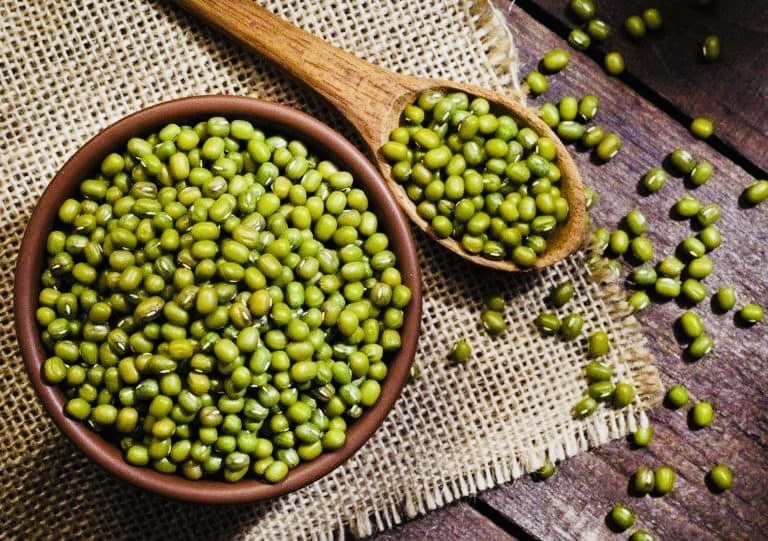Grains Export ( Mung Beans )
The Overview Of Mung Bean
Central Queensland soils and climate are particularly well suited to mungbean production – in fact Biloela is where the Australian mungbean industry began in the 1970s.
It is a valuable export crop for Australia. The average annual production over the past five years has been 90,000 tonnes, according to the Australian Mungbean Association (AMA), and 90 per cent of the crop is exported.
Currently, mungbean is cultivated on more than 6 million hectares worldwide (about 8.5% of global pulse cultivation area) and global annual production is 3 million tons (5% of global pulse production). India is the largest mungbean producing country followed by China and Myanmar
Mung beans are a warm-season crop and take between 90-120 days to mature. Mung beans can be grown outside or inside. Prior to sowing seed, prepare the bed. Mung beans like fertile, sandy, loam soil with excellent drainage and a pH of 6.2 to 7.2 in which Queensland Australia has the best suitable condition for the best harvests.
Green mungbean is a legume plant with tiny seed size. Yet, it has a lot of fantastic health benefits.
Origin
They have a lot of health benefits
Mung bean, also known as Green bean, is native to India and Central Asia. In general, they are distributed mainly in tropical and subtropical regions. Mung beans are also quite familiar plants in Asia and very popular in Vietnam.
Green beans have wide adaptability, are pretty drought-tolerant, and can adapt to areas with harsh conditions.
In East and South Asia, mung beans are grown in many countries, such as India, Pakistan, Bangladesh, Sri Lanka, Nepal, China, Thailand, Philippines, Burma, Indonesia. In addition, they have been developed in many countries in temperate regions, Australia, and the American continent.
The production of mung beans is mainly located in Asia (about 90%). India is the largest producer of Mung beans, with more than 50% of world production. China also produces a large number of green beans.
Benefit Of Green Mungbean
- Cooling poison bar.
- Weight loss.
- Effective treatment of gout..
- For pregnant women, help develop the fetus.
- Provides fiber for the body, aids digestion
- Prevention of colon cancer
- Cure urinary retention
In Vietnam, green beans have been grown for a long time all over the country. They are traditional crops with many purposes, such as seed utilization, soil improvement, erosion control, green manure. However, Green mungbean is not considered a major crop in Vietnam.
In the North Central, Southeast, Central Highlands, and Mekong Delta provinces, mung bean has become an essential crop in producing the summer-autumn crop, providing a significant source of income for farmers.
In Vietnam, mung bean is not invested in research like soybean and peanut. However, thanks to strong consumer demand at home and abroad, mung bean has received the attention of many distribution companies.
The import value of Vietnam was USD 133.76M, and the import volume was 111.61M metric ton in 2020.




